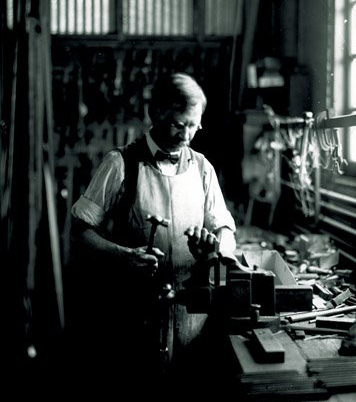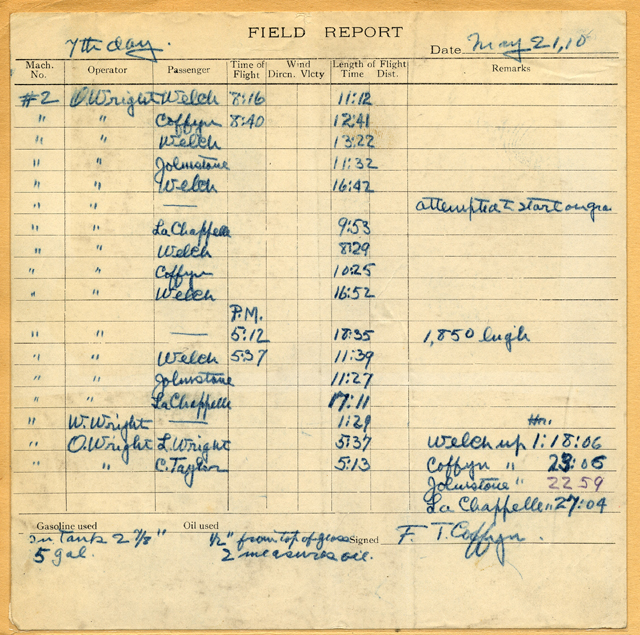"Daca vrei sa construiesti o corabie, atunci nu aduna oamenii, pentru a cara cheresteau, pentru a-si pregati uneltele, pentru a le da sarcini, ci invata-i pe oameni ce inseamna dorul de marea nesfarsita" (Antoine de Saint Exupery) „When everything seems to be going against you, remember that the airplane takes off against the wind, not with it." (Henry Ford)

SIGLA AAR
Forma legala / Formal Registration

I like very much to communicate. That is because communication means to better know and understand each other. Born and raised on a small country farm at about 150-km from Romania’s capital city, Bucharest, my roots lay in rural country. I was attracted by keen sensitivity to nature, down-to-earth practicality combined with fervent idealism and poetry. I always wanted to see what was over the next hill and I also was a voracious reader and thus largely self-educated, gregarious and deeply interested in people. My first beginning to a flying job was some fifty-five years ago, if one counts from July the 27th, 1950, my birth date. Before venturing off into the wild blue yonder, and a dream to blossom and become fruitful, apparently it all started at about three years of age, with looking into the sky for any strangers to come down from their flying machines. Graduated my primary school at that farming village and continued it, and added secondary school studies in the nearby town of Buzãu, and aviation training for particularly the flying profession followed (that is an other three-year period of training time).
Informatii despre Doru Varlan
- Alex Vraciu - un aviator de origine romana...
- D. Varlan - o autoevaluare
- Demersuri in favoarea aviatorilor din Romania
- Fiicele aviatorului D. Varlan...
- In aceasta zona geografica se afla ASOCIATIA AEROSPATIALA ROMANA
- In ce cred eu D. Varlan
- O viata de aviator ...asa cum a fost
- Prima Carte - o descriere a SCOLII SUPERIOARE DE AERONAUTICA CIVILA
- Promotia 1975 de piloti civili
"The human factor will decide the fate of war, of all
wars. Not the Mirage, nor any other plane, and not the screwdriver, or the wrench or radar or missiles or all the newest technology and electronic innovations. Men—and not just men of action, but men of thought. Men for whom the expression 'By ruses shall ye make war' is a philosophy of life, not just the object of lip service."

Born in 1952 (April 17th), raised in a mixture of rural village and provincial town, Mr. TINEL CONSTANTINESCU has graduated as engineer at Universitatea Tehnică „Gh. Asachi” in Iași. He has previously graduated at Colegiul National "Costache Negruzzi" , Iasi. Mr. Constantinescu Tinel always had a keen interest in aerospace science, engineering and paranormal human behaviour... He is a real friend when you are in need, scrupulous entrepreneur, with huge attention payed to the detail and a very young spirit.
The words ‘manager’ or ‘boss’ and ‘leader’ are not synonymous. The differences are sometimes subtle, sometimes great. Warren Bennis, an American leadership guru, has written many books on the topic. Bennis defines the following differences between managers and leaders: The manager administers, the leader innovates. The manager is a copy [of other managers], the leader is an original. The manager maintains, the leader develops. The manager focuses on systems and structure, the leader focuses on people. The manager relies on control, the leader inspires trust. The manager takes a short-range view; the leader has a long-range perspective. The manager’s eye is always on the bottom line, the leader’s eyes are on the horizon. The manager does things right, the leader does the right thing.

Va recomandam...
Carte In curs de aparitie...

vineri, 26 octombrie 2012
HISTORY AT ALLL

The Romanian Aerospace Association is a Romanian incorporated non-profit organization.
Here are some of the RAA's short and long term goals:
· To be a strong voice in the aerospace field of activity.
· To promote knowledge and uphold a high standard of knowledge and professional efficiency among aerospace enthusiasts.
· To closely cooperate with authorities and institutions concerned with aerospace training, industry and business.
· To sponsor and support the passage of legislation and regulations which will increase and protect the safety of air navigation, to promote safety.
· To support the way forward for a comprehensive air passenger right policy.
· To approach the small and large companies of the sector.
· To optimize resources and efforts.
· To serve as springboard to develop the training in the aerospace sector.
· To serve as negotiator and spoke voice to the various Administrations.
· To achieve a greater implementation of the air companies in the training of the own staff.
· To accomplish diffusion campaigns of the officially regulated courses to students in order to attract and get future training.
· To extend the acceptance capacity of the students.
· To arrange training courses in the facilities of the air companies.
· To improve the continuous training of the teaching staff.
Dear Aerospace Colleague,
The information you are about to read is for you - the RAA member - at the head of today's corporation (i.e., for the strategist, the leader, the motivator).
Now you can join a select group of professionals who have excellent experience and exclusive insights into theoretical and practical aerospace science. The aim of this unique gathering of expertise is to help you develop, implement and maintain effective strategies for survival and growth in increasingly competitive markets. Of course globalisation, e-commerce and lightning speed of change have revolutionised the aerospace business world tremendously. For today's senior manager, effective strategic thinking is the difference between company success and failure.
I invite you to cooperatively find out how to:
· Create a corporate culture that encourages innovative strategic thinking and values the experience of more conventional planners/strategists.
· Overcome resistance to change and get your whole company behind new strategies when they are agreed.
· Evaluate the benefits and risks of strategic alliances and joint ventures.
· Make your strategy more flexible - so changes can be agreed and implemented more easily.
· Build a strategy that encourages knowledge management and information exchange and enables all employees to access your corporation's "collective brain".
· Involve all core functions in the strategy-planning process.
· Build strategies that maximise stakeholder value.
· Get managers to think and act strategically.
· Re-shape your organisation's hierarchy, business process and use of teams.
· Gather and use competitive strategic intelligence ethically, but effectively.
The aim of the RAA is to give you FREE networking and information service with your membership.
I'm convinced you'll come to depend on RAA for more guidance on how to create and implement effective strategies for your company's survival and growth. Reserve your application form today!
Yours sincerely,
Doru Vârlan
P.S. Strategic Direction is one of the most exclusive (and most expensive) strategy briefings project the RAA aims to get alive. I do hope you will try it for yourself.
Mission of Romanian Aerospace Association
- To provide the bridge between aviation professionals and new networks and opportunities
- To enhance the exchange of information and knowledge in the aerospace industry
- To establish a forum for information and professional networking
- To promote aerospace professionals and institutions nationally & internationally
- To identify new business opportunities
- To provide the forum for national & international aerospace networking and debate
- To contribute to the education of both the aerospace novice and professionals as well
- To explore local and international knowledge and understanding
- To be the ideal international network of information exchange and collaboration




Niciun comentariu:
Trimiteți un comentariu